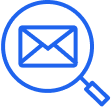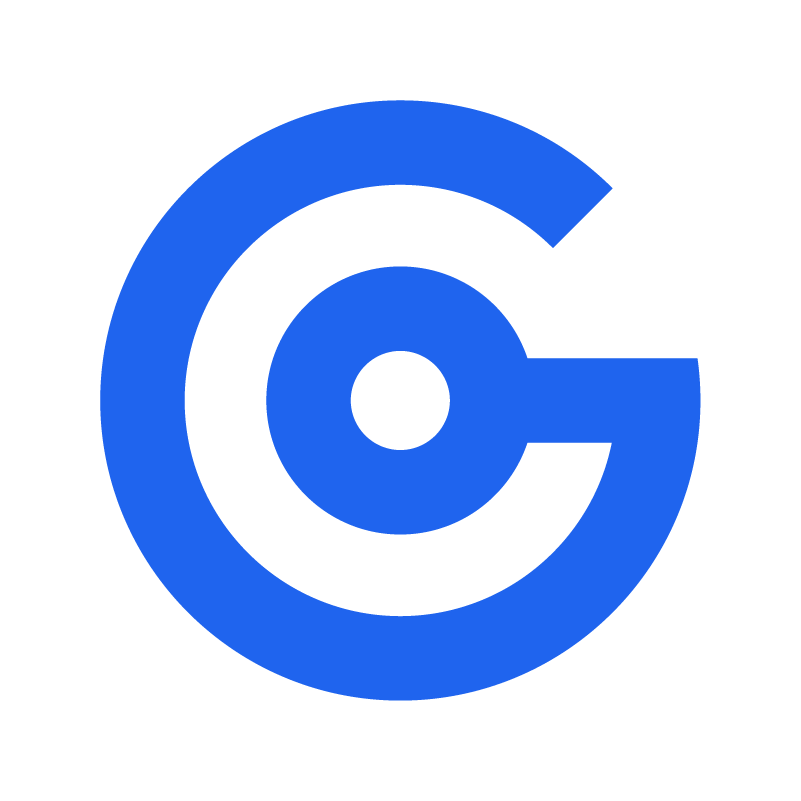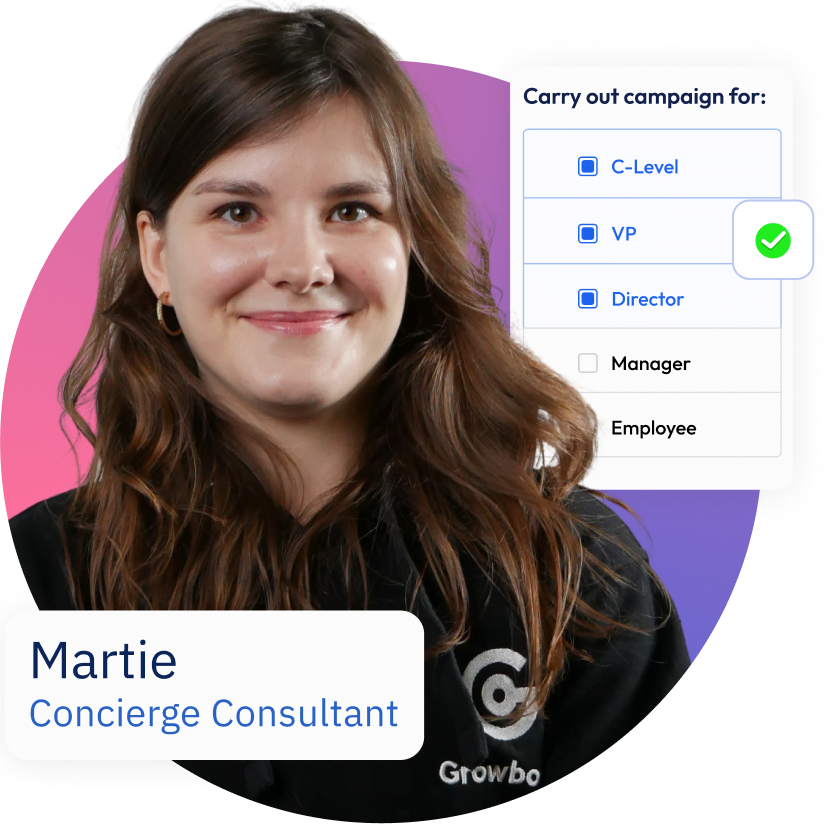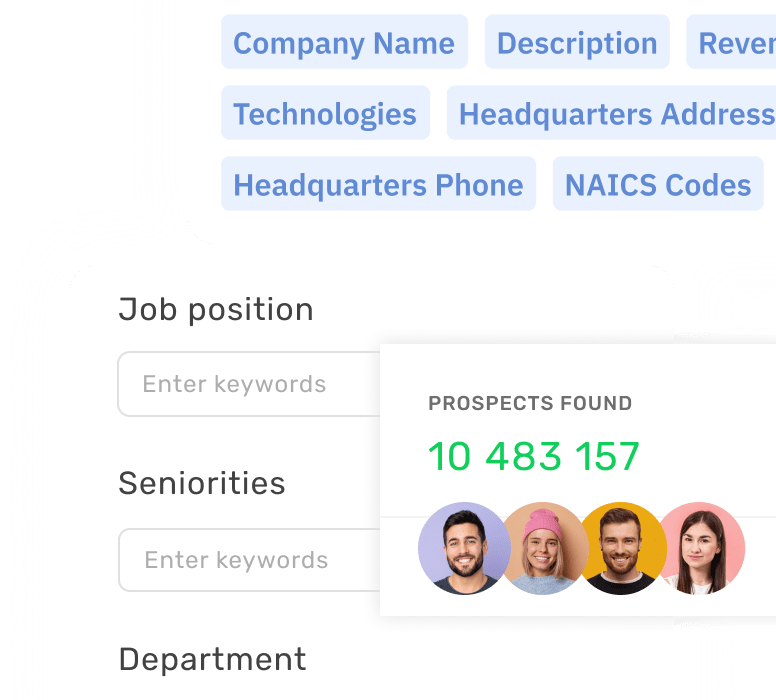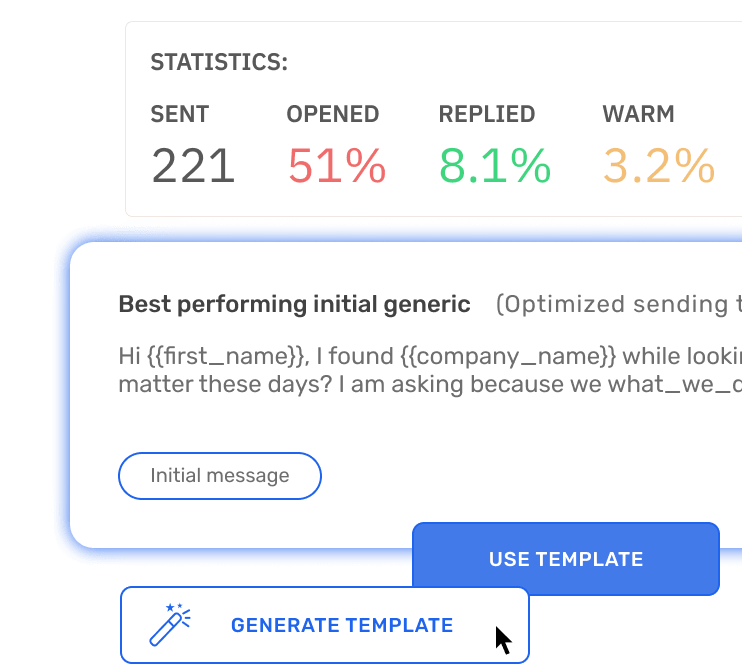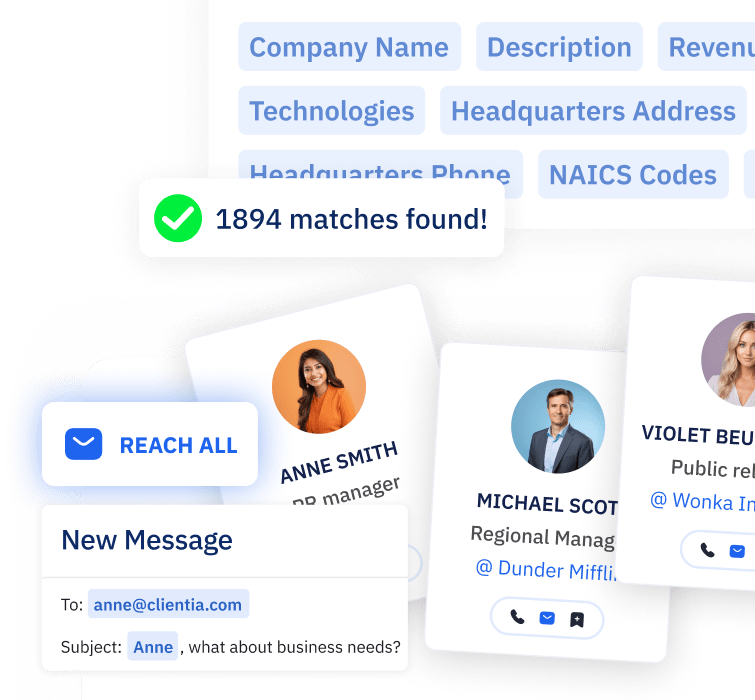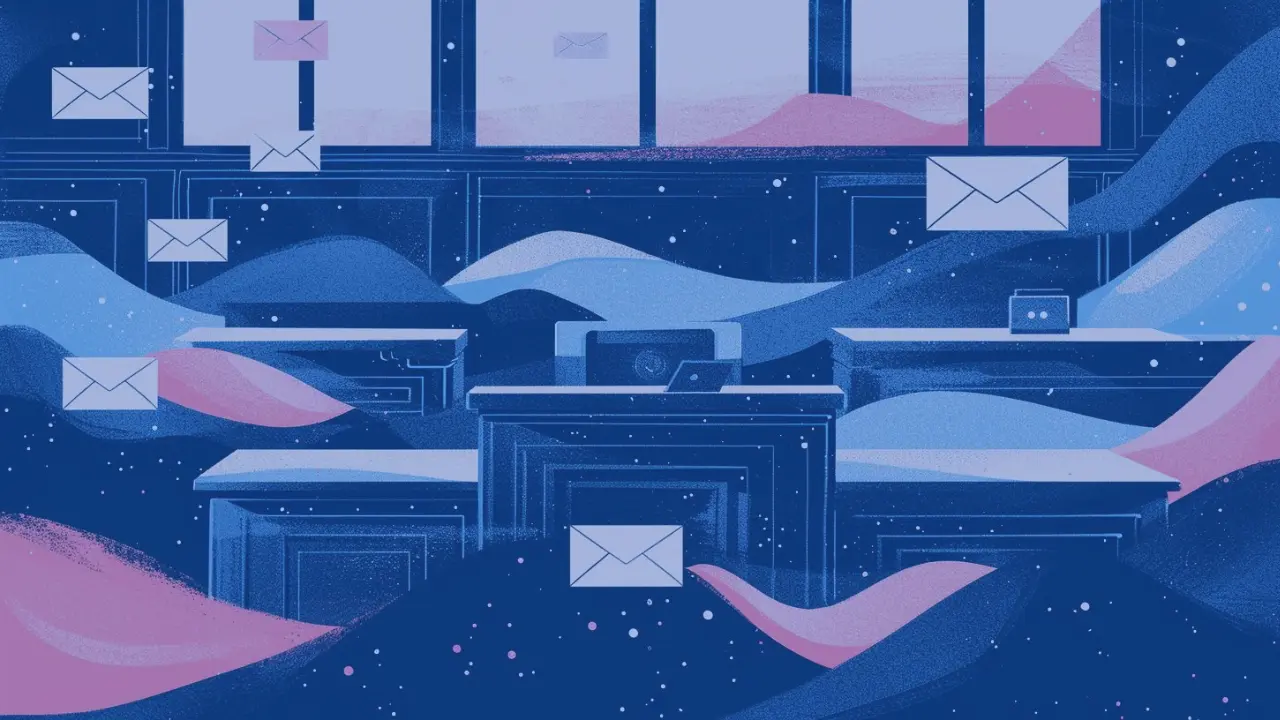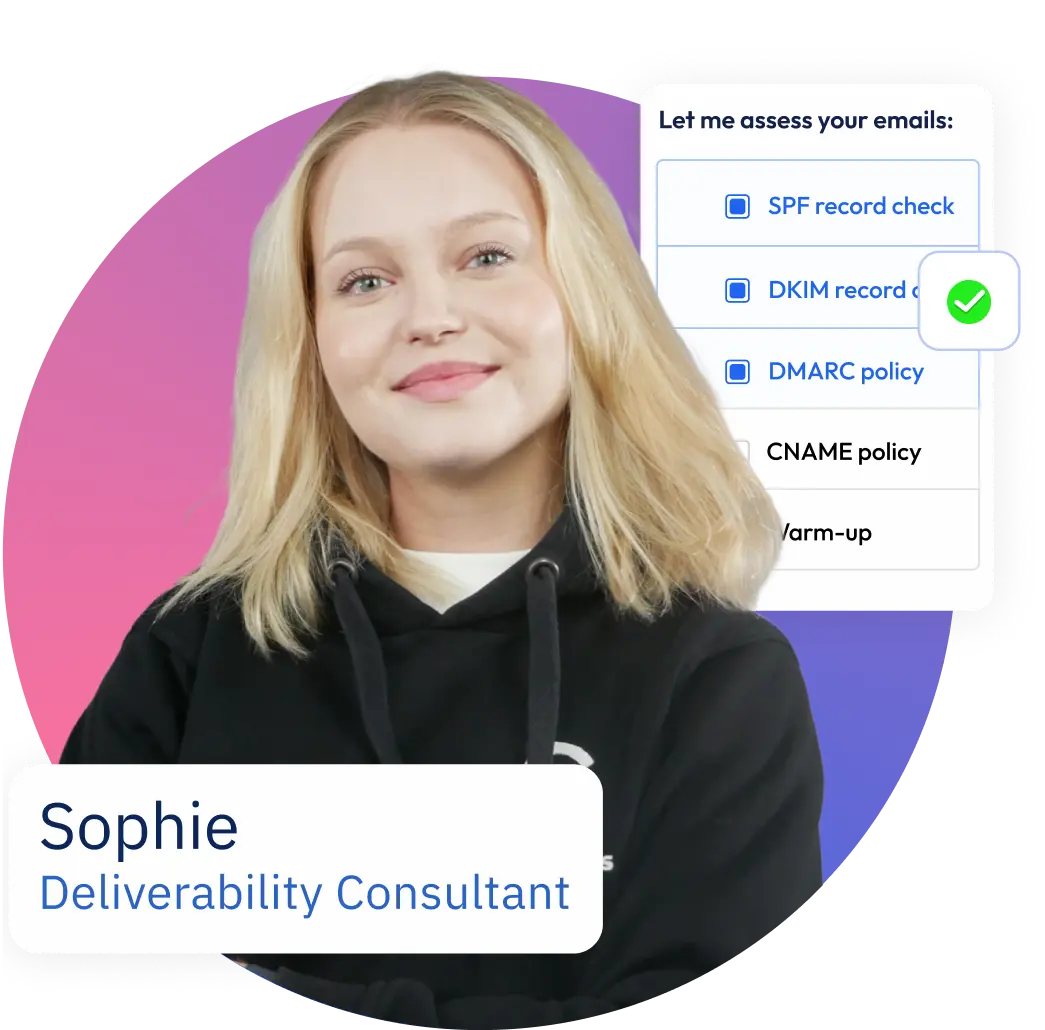Cold email copywriting is an indelible aspect of modern business communication, acting as a pivotal tool for driving engagement, fostering sales outreach, and unlocking networking opportunities. The art of drafting a cold email involves not merely transferring information but doing so in a way that captivates the recipient, compels action, and initiates a potential business relationship from a single touchpoint.
Crafting an effective cold email necessitates understanding several key elements: the power of a subject line, the personal touch in the salutation, the clarity and conciseness of the message, and a strong call-to-action (CTA). These components must synergize to overcome the inherent challenge that cold emails face—the lack of existing rapport with the recipient.
| Key Element | Importance |
|---|---|
| Subject Line | Grabs attention and inspires the recipient to open the email. |
| Personalized Salutation | Shows the email is tailored and not just a bulk send. |
| Message Clarity | Ensures the purpose of the email is understood quickly. |
| Call-to-Action (CTA) | Encourages the recipient to take the next step. |
For those looking to further hone their strategy, offers an extensive guide on sales outreach strategy which can be seamlessly integrated into cold email campaigns.
Key takeaways
- Crafting effective cold emails is an essential skill in business for driving engagement and sales outreach. An impactful cold email goes beyond transferring information; it captivates, compels action, and can initiate a potential business relationship.
- A compelling subject line is a must; it should grab attention and encourage the recipient to read further. Personalized salutations, message clarity, and strong calls-to-action are also key elements.
- Understanding the audience is crucial. Delving into the prospect’s industry, role, challenges, and needs is foundational for the message to resonate and increase engagement.
- Timing can affect email open rates, as can crafting concise, relevant, clear, and curiosity-inducing subject lines.
- The opening line of a cold email should attest to the message’s relevance, possibly by resonating with a pain point or interest of the reader.
- Personalizing the email shows effort and thoroughness, reflecting an understanding of the recipient’s unique circumstances and needs.
- To establish credibility, share credentials, notable client experiences, or achievements. Trust is key when breaking through initial skepticism.
- Storytelling in email copywriting is persuasive; it helps create a narrative for the reader that outlines how your solution can address their challenges.
- Clearly communicate the benefits of a product or service as opposed to its features. Benefits speak directly to the recipient’s interests and pain points.
- Creating a sense of urgency and scarcity within emails can enhance response rates, but this must be done ethically.
- A clear and direct call-to-action (CTA) is critical and should inspire the recipient to take the next step.
- The email body should maintain attention, guiding towards the CTA. It must be concise, well-formatted, and personalized.
- Templates can assist with outreach but should always be tailored to each prospect.
- Avoiding mistakes like overly salesy language, poor mobile optimization, and failure to follow up is important for campaign effectiveness.
- Incorporating humor and creativity can make cold emails more engaging, while effective follow-up demonstrates continued interest in the relationship.
- Testing and optimizing emails through A/B testing various elements, like subject lines and CTAs, significantly improve campaigns’ efficacy.
- Adhere to legal and ethical considerations, complying with transparency requirements, opt-out mechanisms, and privacy respect.
- Technologies and tools like CRM systems and email automation enhance cold email campaign performance and can streamline processes.
Understanding Your Audience
Accurately identifying and understanding your audience is crucial. Before penning a single word, one must delve into the prospect’s industry, role, challenges, and needs. This foundational step ensures that the message resonates on a personal level, increasing the likelihood of engagement. Profiles of leads can range from wide-eyed startups to fortified enterprises—with each requiring a distinct approach.
leave no lead unexplored
Every potential client within reach
- 180m+ contacts
- CRM integrations
- 23 Prospect filters
- 15 Company filters
To succeed in this endeavor, consider leveraging data-driven insights. An article about lead vs. prospect vs. opportunity offers a granular understanding of audience segmentation, ensuring that your copy speaks clearly to each recipient’s stage in the buyer’s journey.
| Understanding Dimensions | Description |
|---|---|
| Industry | Aligns your message with industry-specific concerns. |
| Role | Addresses the unique pressures and responsibilities. |
| Challenges | Offers solutions to pain points. |
| Needs | Emphasizes how your offering can meet their requirements. |
60% of B2B sales include 2–4 decision-makers. 42% of B2B decision-makers use their mobile device to read emails.
Source: belkins.io & pipelinezen.com
Crafting the Subject Line
The subject line serves as the virtual handshake of your email. It needs to be both engaging and transparent to avoid being swatted into the spam folder or ignored altogether. According to our research on when is the best time to send cold emails, the timing of your email can also affect the open rates, but it begins with a subject line that captures interest without misleading the recipient.
Here is a strategic approach to crafting subject lines:
- Conciseness: Keep it brief; aim for 50 characters or less.
- Relevance: Tailor it to the recipient’s interests or business.
- Clarity: Avoid vagueness; be straightforward about the email’s content.
- Curiosity: Incite the recipient’s curiosity without resorting to clickbait.
Moreover, subject lines must adhere to best practices to avoid being flagged as spam. Gain insights on such practices in reasons your outbound emails go to spam.
| Characteristics | Examples |
|---|---|
| Brief | “Quick Query Regarding Your Sales Process” |
| Relevant | “Improving [Prospect’s Company] Customer Retention” |
| Clear | “Exclusive Offer for [Industry] Leaders” |
| Curiosity-Inducing | “Is [Prospect’s Company] Ready for Transformational Growth?” |
The journey through the labyrinth of cold email copywriting is extensive. As we delve into the subtleties of opening lines, personalization, and crafting an irresistible call-to-action, each section will be embellished with expert insights, templates, and robust strategies to elevate your cold email copywriting to unprecedented heights.
The Art of the Opening Line
The opening line of your cold email is the critical second act after your subject line has done its duty of getting the email opened. It’s your chance to attest to the relevance of your message and persuade the reader that the email is worth their precious time. A strong opening line is both gripping and attuned to the reader’s context or industry.
Reach More with Less Effort
Connect with Potential Clients at scale
- AI message generator
- E-mail verification
- Multichannel sequences
- A/B testing
The goal is to immediately engage with a statement or question that piques interest or resonates with a pain point or goal.
| Opening Line Strategies | Examples |
|---|---|
| Addressing Pain Points | “Are you tired of X issue affecting your business?” |
| Offering Insights | “Recent trends in X can have a major impact on your bottom line.” |
| Asking a Question | “Have you considered the benefits of X for your team?” |
Personalizing Your Cold Email Copy
Personalization embodies more than a simple ‘Hello [Name]’. It reflects a depth of research, a demonstration of understanding, and an alignment of the message with the recipient’s circumstances. Personalized emails are not just polite—they are powerful. They show the recipient that they are not just another contact in a vast list, but a valued potential client with specific needs and interests.
| Level of Personalization | Effect on Recipient |
|---|---|
| Basic (Name, Company) | Shows minimal effort but personal touch. |
| Moderate (Role, Industry) | Demonstrates better understanding and effort. |
| Advanced (Pain Points, Recent Accomplishments) | Indicates high level of care and research. |
Through intuitive personalization, your cold email becomes a conduit to a meaningful engagement, potentially transforming a lead into a long-standing customer relationship. As with all aspects of cold emailing, ensuring your approach doesn’t breach any lines of propriety or privacy is crucial.
The art of personalization goes hand in hand with establishing credibility—a subject that will be delved into next.
Establishing Credibility
To break through the inherent skepticism surrounding cold emails, establishing credibility is non-negotiable. It’s the backbone of building trust and demonstrating that you are not just another salesperson, but a legitimate professional with valuable insights or services. Credibility can be built by sharing credentials, notable client experiences, or recognizable achievements that relate to the recipient’s interests or industry.
| Credibility Builders | Description |
|---|---|
| Touting Credentials | Share qualifications and experience relevant to the message. |
| Highlighting Clientele | Mention respected clients or successful case studies. |
| Displaying Thought Leadership | Provide valuable insights or industry foresights. |
Emails containing links to social profile links in the sender’s signature had a 9.8% higher average response rate.
Source: outplayhq.com
The Power of Storytelling
Storytelling is a powerful tool in email copywriting, with the ability to engage and convince the reader through a narrative that they can see themselves in. Through storytelling, a cold email transcends being a bland pitch and becomes a scenario where the reader can envisage the benefits and practical applications of the product or service being offered.
no prior experience & time required
Find your winning outbound formula with Concierge
- 95% activities on our behalf
- Avoid in-house SDR hire
- Learn & Take over anytime
- Numerous A/B tests
Within the narrative framework, the recipient acts as the protagonist, with the solutions you offer emerging as the key to overcoming their challenges. This method aligns with Growbots’ practices for effective sales representations, which involves painting a picture where the recipient’s success story begins with responding to your email.
| Storytelling Components | Functions |
|---|---|
| Setting the Scene | Contextualizes the problem. |
| Introducing the Protagonist | Positions the recipient central to the narrative. |
| Deploying Conflict | Outlines the challenges faced by the recipient. |
| Offering the Resolution | Introduces your service/product as the solution. |
Next, the guide will explore how to emphasize the benefits of your offer over just listing its features, which plays a critical role in the persuasion game of cold email copywriting.
Emphasizing Benefits Over Features
A common mistake in cold email copy is focusing excessively on the features of a product or service, rather than its benefits. In the grand scheme of a successful cold email, features take a backseat to the tangible and practical advantages that speak directly to the recipient’s needs. Benefits portray the solution your product provides, while features are merely the tools that enable those solutions.
Shifting Focus from Features to Benefits
- Feature: “Our software has an advanced analytics dashboard.”
- Benefit: “You’ll gain crystal-clear insights into consumer behavior to boost your sales strategy.”
Each benefit should paint an image of success and improvement in the client’s mind.
| Feature to Benefit | Example |
|---|---|
| Analytics Dashboard | Gain insights to improve strategies |
| 24/7 Customer Service | Receive support whenever you need it |
| Automated Reporting | Save time with instant report generation |
Creating Urgency and Scarcity
Incorporating a sense of urgency and scarcity can significantly enhance the response rate to cold emails. The key is to invoke urgency subtly and ethically, avoiding any form of manipulation. Indicating that an offer is time-sensitive or only available to a select group of recipients spurs immediate action.
Growbots’ insights in best time to send email campaigns can help you time your urgency-based emails for when they are most likely to be read, thus increasing their effectiveness.
| Techniques | Impact on Recipient |
|---|---|
| Limited Time Offer | Suggests immediate action is necessary. |
| Exclusive Access | Makes the recipient feel special and valued. |
| Remaining Availability | Induces a fear of missing out on the offer. |
The guide will next delve into formulating tailored calls-to-action (CTAs), guiding the recipient towards the desired response by capitalizing on the momentum built from emphasizing benefits, urgency, and scarcity.
Call-to-Action Strategies
The call-to-action (CTA) is the crescendo of cold email copywriting efforts, a pivotal instrument directing the recipient towards the next engagement stage. An effective CTA is clear, commanding, and aligned with the recipient’s self-interest, propelling them from passive reader to active responder.
Checklist for Crafting the Perfect CTA
- Be Direct: Use action verbs that inspire energy and enthusiasm.
- Create Value: Ensure the CTA offers clear value for the reader.
- Stand Out: Visually differentiate your CTA from the rest of the text.
| CTA Quality | Example |
|---|---|
| Direct | “Schedule your free consultation today!” |
| Valuable | “Unlock your full potential with our premium insights.” |
| Visually Distinct | A colorful button or standout link within the email. |
Email Body Best Practices
The email body is where the pitch itself is presented, aiming to maintain the reader’s attention and guide them towards your CTA. Adhering to certain best practices is critical for this part of your email.
B2B cold emails with 200–250 words gathered the most responses (19%).
Source: belkins.io
Structuring Your Email Body
- Brevity: Keep it concise; respect the recipient’s time.
- Formatting: Use bullets and headings to structure information.
- Personal Touch: Maintain a conversational tone where possible.
Maintaining a Clear and Compelling Narrative
An essential aspect of email body best practices is to maintain a clear and compelling narrative throughout the email. The content should flow logically, taking the reader on a journey that leads them to the desired action.
Start by briefly acknowledging the recipient’s potential needs or challenges, which immediately demonstrates empathy and understanding. Follow this with a succinct exposition of how your product or service can address these specific challenges.
This narrative approach not only maintains the reader’s engagement but also positions your offering in direct relation to their needs, making it more relevant and compelling. Ensure that each sentence adds value and drives the narrative forward, avoiding unnecessary details that could dilute the message’s impact.
Incorporating Visual Elements and Callouts
In today’s fast-paced digital environment, the use of visual elements in the email body can significantly enhance reader engagement and information retention. Including relevant images, infographics, or even simple graphical callouts can break up text-heavy content, making the email more visually appealing and easier to digest.
Visual elements can be particularly effective in highlighting key benefits, showcasing product features, or illustrating success stories. Additionally, using bullet points, bold text, or different font sizes helps emphasize crucial information, making it stand out for readers who may be skimming the email.
Remember, the goal is to make your email both informative and visually engaging, encouraging the recipient to read through and take action.
Cold Email Copywriting Templates
Templates serve as starting points or blueprints for large-scale outreach campaigns, yet it’s essential to balance template efficiency with the need for customization.
Seek, pick, and reach
Connect with your potential customers
- 180m+ contacts
- Advanced filtering
- Multichannel sequences
- CRM integrations
Growbots offers insight into B2B sales prospecting where templates might be useful for initial touchpoints, but they must always be tailored to fit each prospect’s specific context and audience.
Sample Templates for Different Outreach Scenarios
New Product Introduction Template:
Subject: [Prospect Name], Meet the Future of [Industry-specific Benefit]
Dear [Prospect Name],
I came across [Company Name], and it struck me how [Insert Unique Selling Proposition] aligns with the challenges you face.
Our [Product/Service], recently featured in [Credible Publication/Media], offers [Key Benefit]. Companies like [Similar Companies/Competitors] have seen [Quantifiable Improvement].
Would you be open to exploring this further? Let’s schedule a brief call this week to discuss how we can drive similar results for [Prospect’s Company].
Looking forward to the opportunity of collaborating,
[Your Name]
Outreach Offering a Resource Template:
Subject: Exclusive [Industry] Insights for [Prospect’s Company]
Hi [Prospect Name],
Recognizing your role as a leader at [Prospect’s Company], I thought you might find our latest [Resource Type] on [Topic] insightful.
I’d love to give you complimentary access to this resource to help [Prospect’s Company] achieve [Specific Goal].
Could we connect for a quick 10-minute call to discuss its implications for your company’s growth?
Best regards,
[Your Name]
Templates must be personalized for maximum effectiveness. For more tips on customization, see Growbots’ guide on tips for successful sales prospecting.
Avoiding Common Mistakes in Cold Email Copywriting
Common mistakes in cold email copywriting often occur due to oversight or a lack of understanding of best practices. Recognizing and avoiding these missteps can greatly improve the effectiveness of cold emailing efforts.
| Mistake | Impact on Campaign | How to Avoid |
|---|---|---|
| Overly Salesy Language | May turn off recipients looking for genuine connections. | Focus on adding value first. |
| Neglecting Mobile Optimization | Can lead to poor readability on mobile devices. | Use responsive design practices. |
| Failing to Follow-up | Missed opportunities for re-engagement. | Schedule systematic follow-up emails. |
Using Humor and Creativity in Cold Emails
The strategic use of humor and creativity differentiates cold emails, making them more engaging and memorable. While humor should be used carefully, it can foster rapport and humanize your brand. Creative storytelling or unique formats make messages more engaging and memorable.
Subject lines WITHOUT emojis have a 1.84% higher open rate than subject lines with emojis.
Source: outplayhq.com
| Incorporating Humor | How It Helps |
|---|---|
| Relatable Jokes | Breaks the ice and reduces friction in the conversation. |
| Creative Puns | Shows personality, making your brand more approachable. |
| Light-hearted Anecdotes | Builds rapport and makes your message stick. |
Following Up Effectively
Effective follow-up is crucial in cold email outreach because it shows investment in the relationship and may catch recipients at a better time. Timely reminders with added value can spur action that did not occur initially.
Growbots offers advice on creating an effective email follow-up strategy, providing a valuable resource for enhancing outreach efforts.
| Follow-Up Strategy | Description |
|---|---|
| Add Value | Offer additional resources beneficial to the recipient. |
| Acknowledge Time | Show appreciation for the prospect’s schedule with concise messages. |
| Offer a Clear Next Step | Propose a specific, actionable step for engagement. |
An often overlooked yet critical factor in effective follow-up is the timing of the outreach. Utilizing data-driven insights to determine the optimal time to send follow-up emails can substantially increase their effectiveness.
Analyze the engagement patterns from your previous email campaigns to identify the days and times when recipients are most likely to open and engage with emails. This analysis can reveal valuable patterns, such as specific weekdays or times of day when your audience is more responsive.
Tailoring your follow-up schedule based on these insights ensures that your emails arrive at a time when recipients are more likely to read and respond, thereby increasing the chances of a successful engagement.
Moreover, varying the timing between the initial email and the follow-up can also be instrumental in understanding the frequency that works best for your audience, balancing persistence with respect for the recipient’s time and inbox space.
Testing and Optimizing Your Emails
Testing and optimization are crucial for improving cold email campaigns. This involves A/B testing various email elements, measuring performance, and optimizing based on the data collected.
| Optimization Aspects | Testing Tips |
|---|---|
| Subject Lines | Test various subject lines to see which yields the highest open rates. |
| Email Length | Assess the performance of short versus long copy. |
| CTA Placement | Experiment with placing your CTA at different sections to determine the best engagement point. |
In addition to A/B testing various elements like subject lines, email length, and CTA placement, leveraging audience segmentation can significantly enhance the testing and optimization process.
By categorizing your email list based on factors such as industry, role, or past engagement, you can tailor your tests to specific segments. This targeted approach allows for more precise insights into what resonates with each group. For instance, a subject line that works well for executives in the tech industry might not have the same impact on small business owners in retail.
Segmenting your audience and conducting tests within these groups not only refines your understanding of what works best for each segment but also ensures that your email campaigns are as relevant and effective as possible.
This tailored approach can lead to higher engagement rates, better response rates, and ultimately, more successful email campaigns.
Legal and Ethical Considerations of Cold Emailing
Cold email campaigns must be navigated within the bounds of legal and ethical considerations. Regulations like the CAN-SPAM Act enforce transparency, accurate sender info, and provide opt-out options. Ethical practices involve respecting privacy and avoiding misleading content.
For more on navigating email spam laws, see Growbots’ comprehensive breakdown in their post on sales outreach and email spam laws.
| Legal/Ethical Concern | Compliance Action |
|---|---|
| Transparency | Clearly identify yourself and the purpose of the email. |
| Opt-out Mechanism | Provide a straightforward way for recipients to unsubscribe. |
| Privacy Respect | Responsibly use data and protect recipient privacy. |
Using Technology and Tools to Enhance Cold Email Campaigns
Modern cold email copywriters can benefit from a wide array of technologies and tools that automate, enhance, and track campaign performance. CRM systems track interactions, and email automation tools assist with scheduling and follow-ups.
Growbots provides outreach tools for streamlining cold email processes along with features designed to boost productivity and campaign management.
| Technology Benefits | Tools Description |
|---|---|
| Automation | Schedule emails and follow-ups for optimal delivery times. |
| Personalization | Utilize tools to personalize emails at scale efficiently. |
| Analytics | Track open rates, click-through rates, and conversion rates. |
Conclusion
Mastering cold email copywriting can transform prospects into valued partners and leads into loyal clients, revolutionizing a sales strategy. Various elements, from audience understanding to creating compelling CTAs, play essential roles in outreach success.














